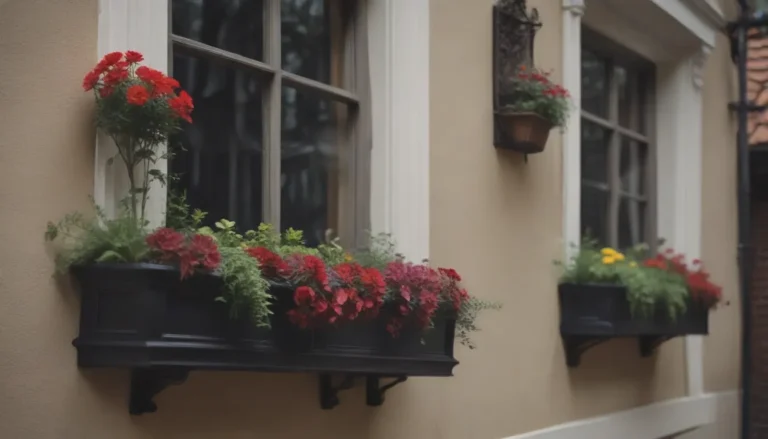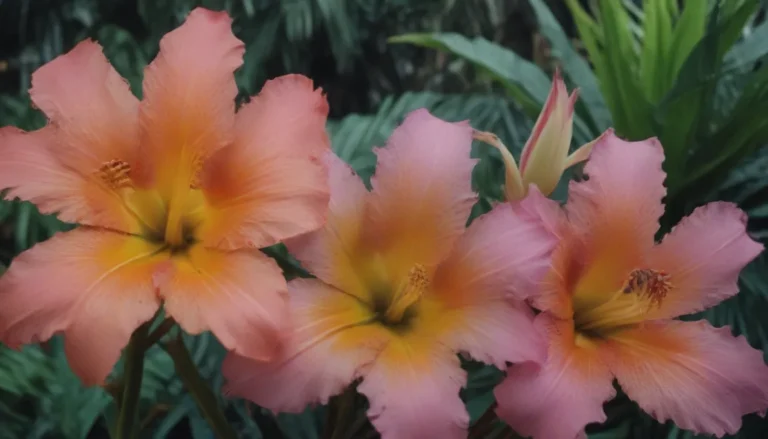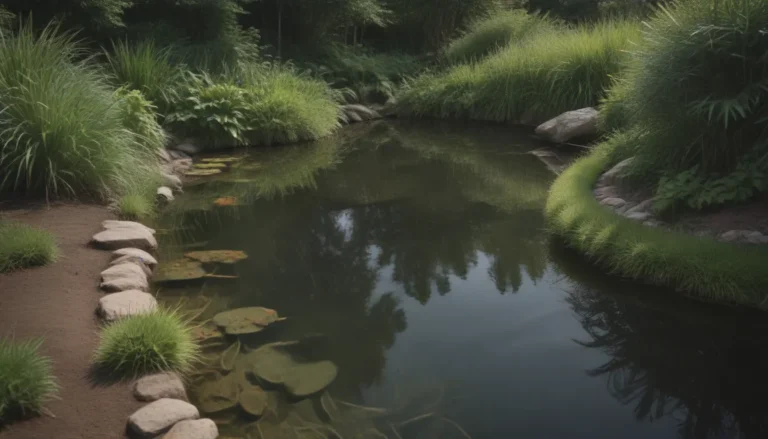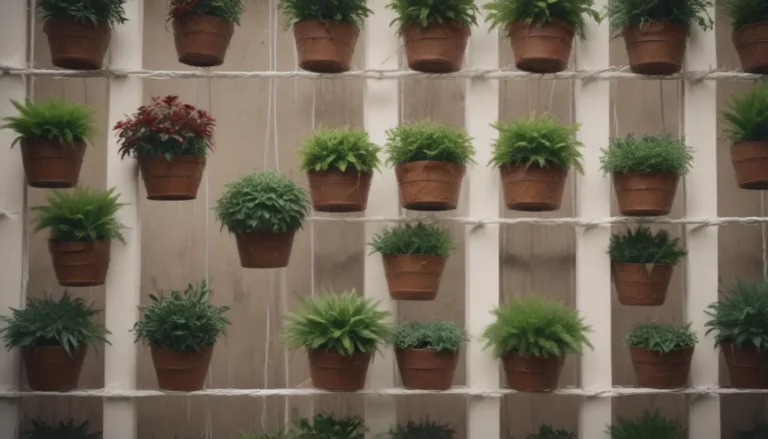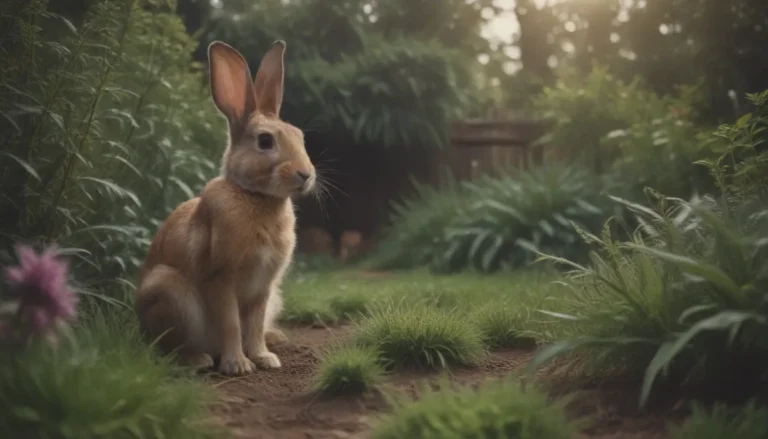Comprehensive Guide on Growing and Caring for Japanese Pieris
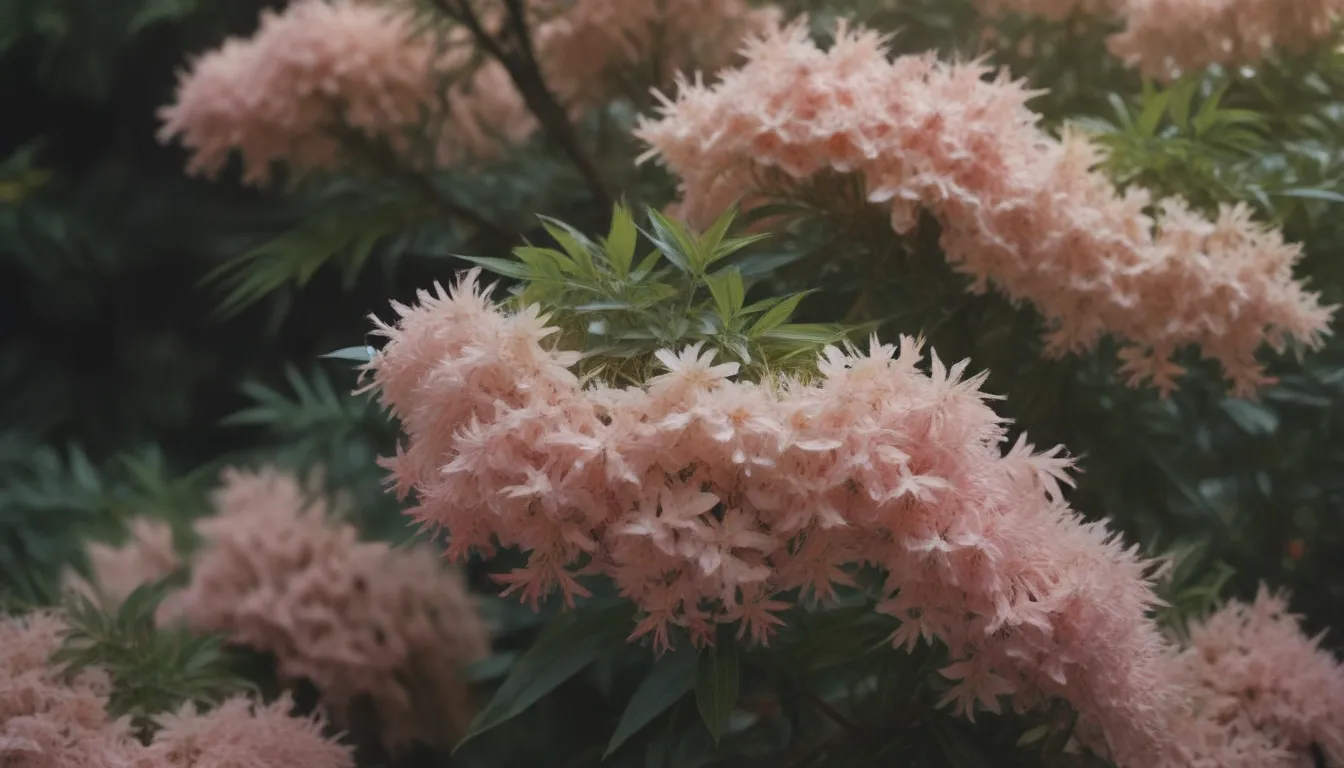
Japanese pieris, a stunning broadleaf evergreen shrub hailing from Japan, Taiwan, and east China, is a must-have for any landscape enthusiast. With its gorgeous foliage and delicate flowers, this plant adds year-round interest to your garden. However, to ensure your Japanese pieris thrives, it’s essential to understand the proper care and maintenance it requires.
Introducing Japanese Pieris
Before delving into the care tips, let’s familiarize ourselves with the characteristics of Japanese pieris:
- Native to Japan, Taiwan, and east China
- Features oblong leaves that start with a reddish-bronze hue before turning into a glossy green
- Early bloomer, producing drooping clusters of white or pale pink flowers in late winter and early spring
- Toxic to dogs, cats, and humans due to grayanotoxins
Japanese Pieris Care Tips
Japanese pieris is popular among gardeners for its low maintenance and year-round appeal. Here are some essential care tips to help your Japanese pieris thrive:
Light
- In cooler regions, plant in full sunlight for at least six to eight hours a day
- In warmer climates, opt for partial shade to shield from intense afternoon light
Soil
- Choose soil rich in organic matter, moist, and well-draining
- Maintain an acidic pH level (5.1 to 6.0) with specialized fertilizers for acid-loving plants
Water
- Deep water your Japanese pieris weekly, ensuring the soil remains consistently moist
- Avoid waterlogging by ensuring proper drainage
Temperature and Humidity
- Suitable for USDA hardiness zones 4 to 8
- Protect from cold winds and harsh weather conditions to prevent leaf damage
- Provide good air circulation to prevent fungal diseases
Fertilizer
- Apply fertilizer formulated for acid-loving plants, such as azaleas, camellias, and rhododendrons
Types of Japanese Pieris Cultivars
Japanese pieris comes in various cultivars, each with unique characteristics. Some popular cultivars include:
- ‘Mountain Fire’
- ‘Cavatine’
- ‘Valley Rose’
- ‘Dorothy Wyckoff’
- ‘Red Head’
- ‘Flaming Silver’
- ‘Pink Delight’
- ‘Little Heath Green’
Pruning Japanese Pieris
Regular deadheading of spent flowers is crucial for continued blooming. While you may not need much additional pruning, a disciplined approach every few years can help maintain plant health:
- Remove damaged or diseased branches
- Trim the top of the shrub to the desired height
- Open up the center to light and air by cutting inner branches
- Shape the outside of the plant
Propagating and Repotting Japanese Pieris
Japanese pieris can be propagated from softwood cuttings during the summer. Repot smaller cultivars in well-draining containers with acidic fertilizers:
- Monitor soil moisture and provide regular feeding for potted plants
- Practice proper spacing to prevent pest and disease issues
Common Pests and Issues to Watch For
Japanese pieris is susceptible to fungal diseases, nematodes, mites, and lace bugs. Adequate spacing, proper watering, and timely treatment with horticultural oils can help prevent and address these issues.
- Yellowed Leaves: Caused by alkaline soil pH, treat with acidifying fertilizers
- Wilted Leaves: Indicate overwatering, reduce watering frequency
- Burned Leaf Edges: Result from excessive midday sun exposure, provide partial shade in warmer climates
Overwintering and Blooming Tips
While Japanese pieris generally requires little winter protection, proper care during colder months can ensure healthy growth in spring. Here’s how to encourage blooming:
- Ensure the plant is not planted too deep to prevent blooming issues
- Protect flower buds from excessive cold temperatures
- Avoid overfertilization to promote flower production
Moving Japanese Pieris
If you need to relocate your Japanese pieris, follow these steps for a successful transplant:
- Water the plant well before moving
- Dig a trench around the drip line
- Lift the plant onto a tarp
- Replant at the same depth in a new location
By understanding the needs of Japanese pieris and following these care tips, you can enjoy a thriving and beautiful shrub in your garden. Whether you’re a seasoned gardener or a novice enthusiast, incorporating Japanese pieris into your landscape will bring year-round beauty and interest. Happy gardening!
